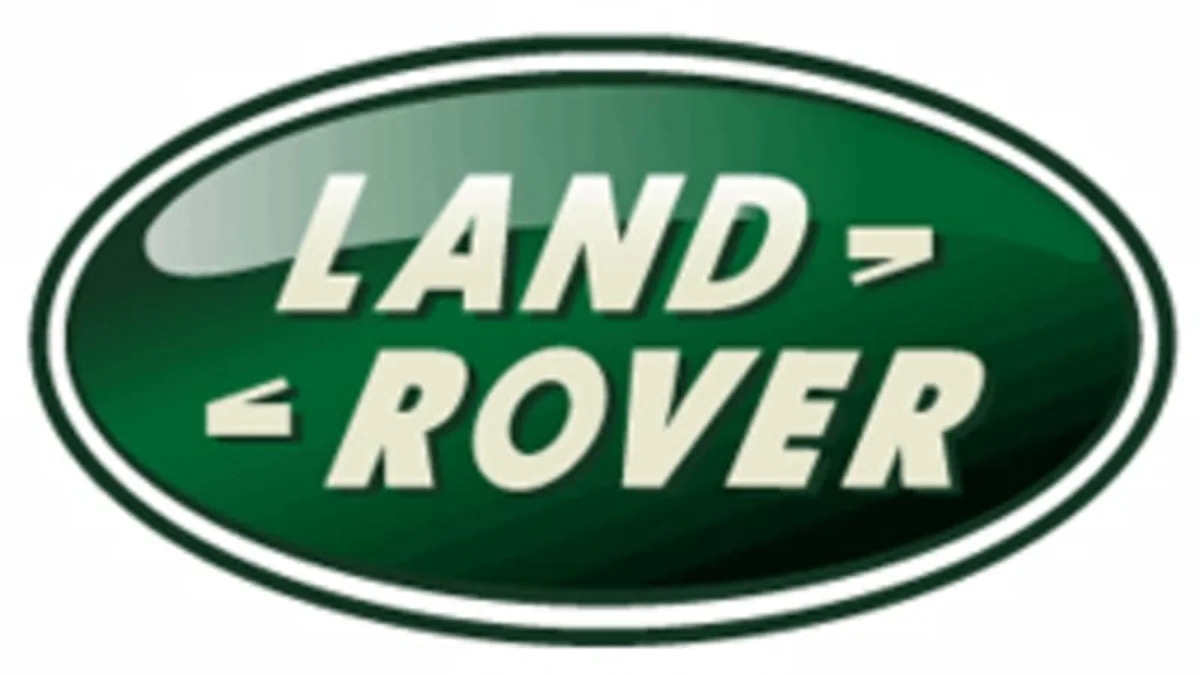Land Rover has offered an explanation as to why it tanked this year's J.D. Power & Associates Initial Quality Study. The brand landed last with a rating of 204 problems per 100 vehicles, well below the industry average of 124 ppv. The company says the issue revolved around Land Rover's switch from BMW-based engines to mills sourced in-house from Jaguar. New engine management software for the vehicles failed to take into account "all the different electrical connections" that Land Rover engines must mate to versus Jaguars. Likewise, in the case of the Range Rover specifically, glitches were caused by the fact engineers retained the original BMW electrical architecture.
In most cases these software glitches triggered fault codes that resulted in the check-engine light coming on, which in turn disturbed many owners and led to the brand's poor IQS results. Land Rover maintains that it has gone back and fixed the issues along with other niggles like squeaky brake pads and the Range Rover's tough-to-close back liftgate, and has the data to prove it.
Past quality problems, however, are still haunting Land Rover. In J.D. Power & Associates most recent report, its Vehicle Dependability Study that measures problems reported by original owners of three-year old vehicles, Land Rover also placed last with 438 problems per 100 vehicles, well above the industry average of 227 ppv and quite a distance from the second worst brand on the list, Saab, with 326 ppv.
[Source: AutoWeek via WindingRoad]
In most cases these software glitches triggered fault codes that resulted in the check-engine light coming on, which in turn disturbed many owners and led to the brand's poor IQS results. Land Rover maintains that it has gone back and fixed the issues along with other niggles like squeaky brake pads and the Range Rover's tough-to-close back liftgate, and has the data to prove it.
Past quality problems, however, are still haunting Land Rover. In J.D. Power & Associates most recent report, its Vehicle Dependability Study that measures problems reported by original owners of three-year old vehicles, Land Rover also placed last with 438 problems per 100 vehicles, well above the industry average of 227 ppv and quite a distance from the second worst brand on the list, Saab, with 326 ppv.
[Source: AutoWeek via WindingRoad]


Sign in to post
Please sign in to leave a comment.
Continue